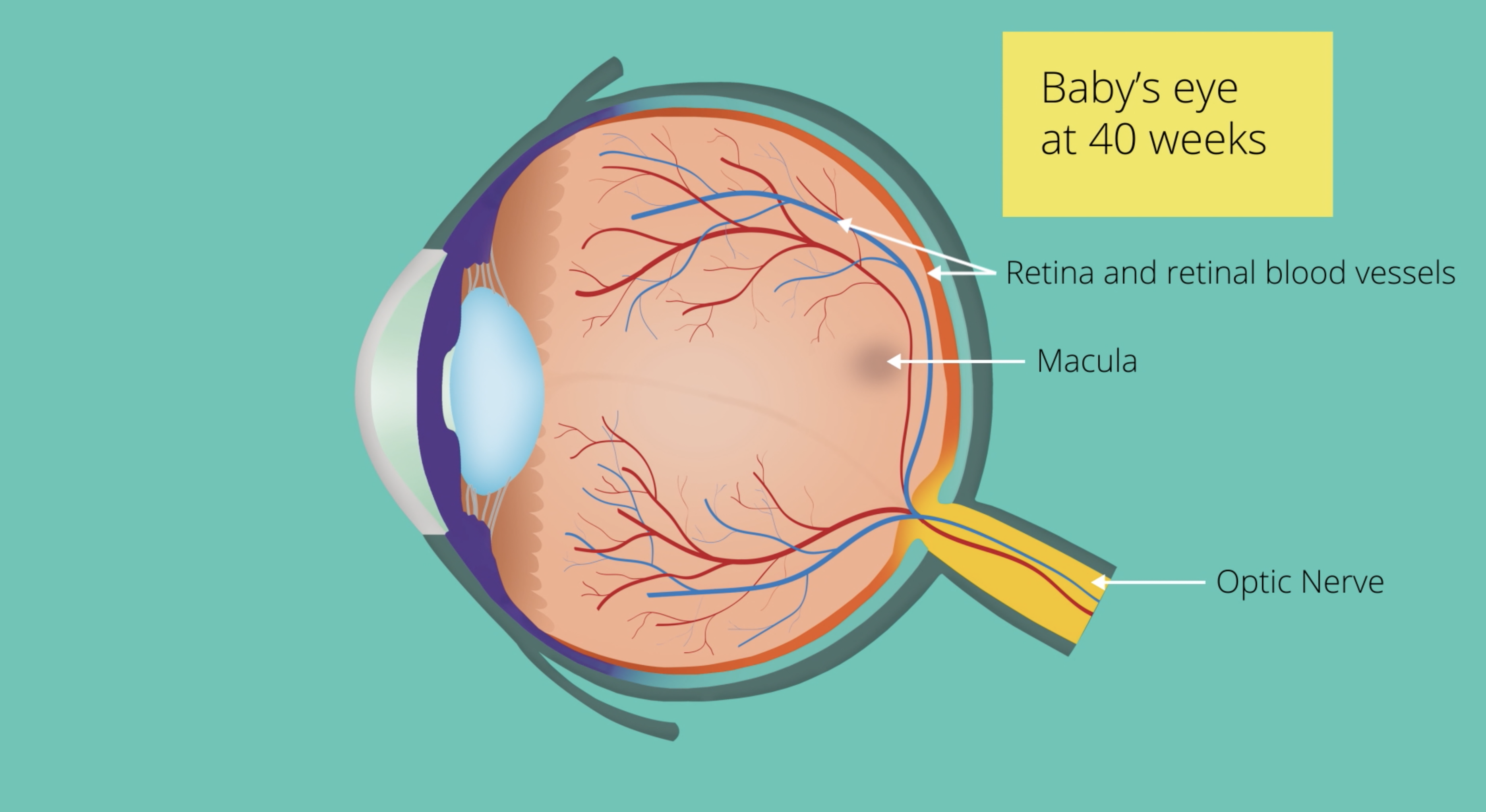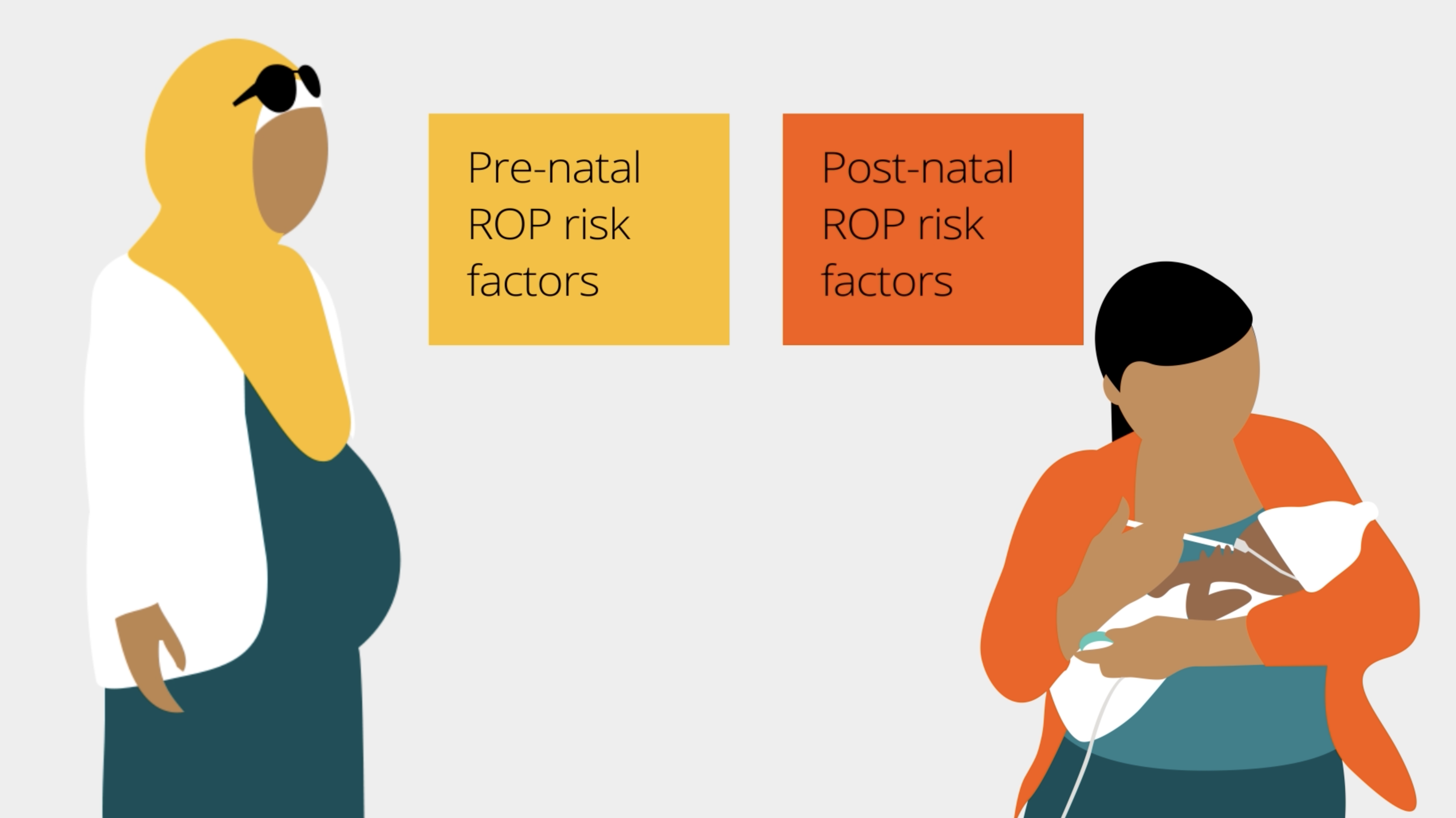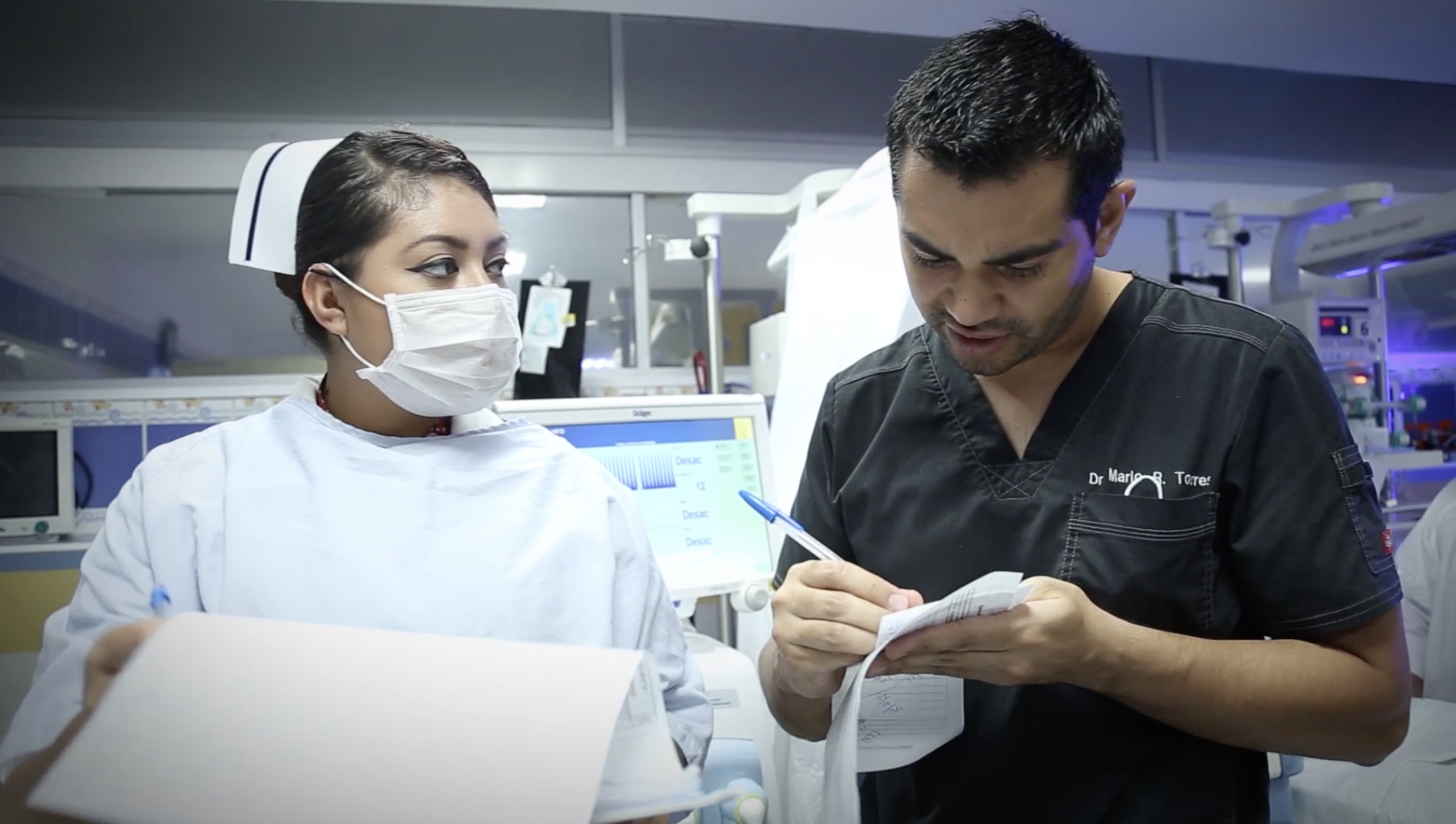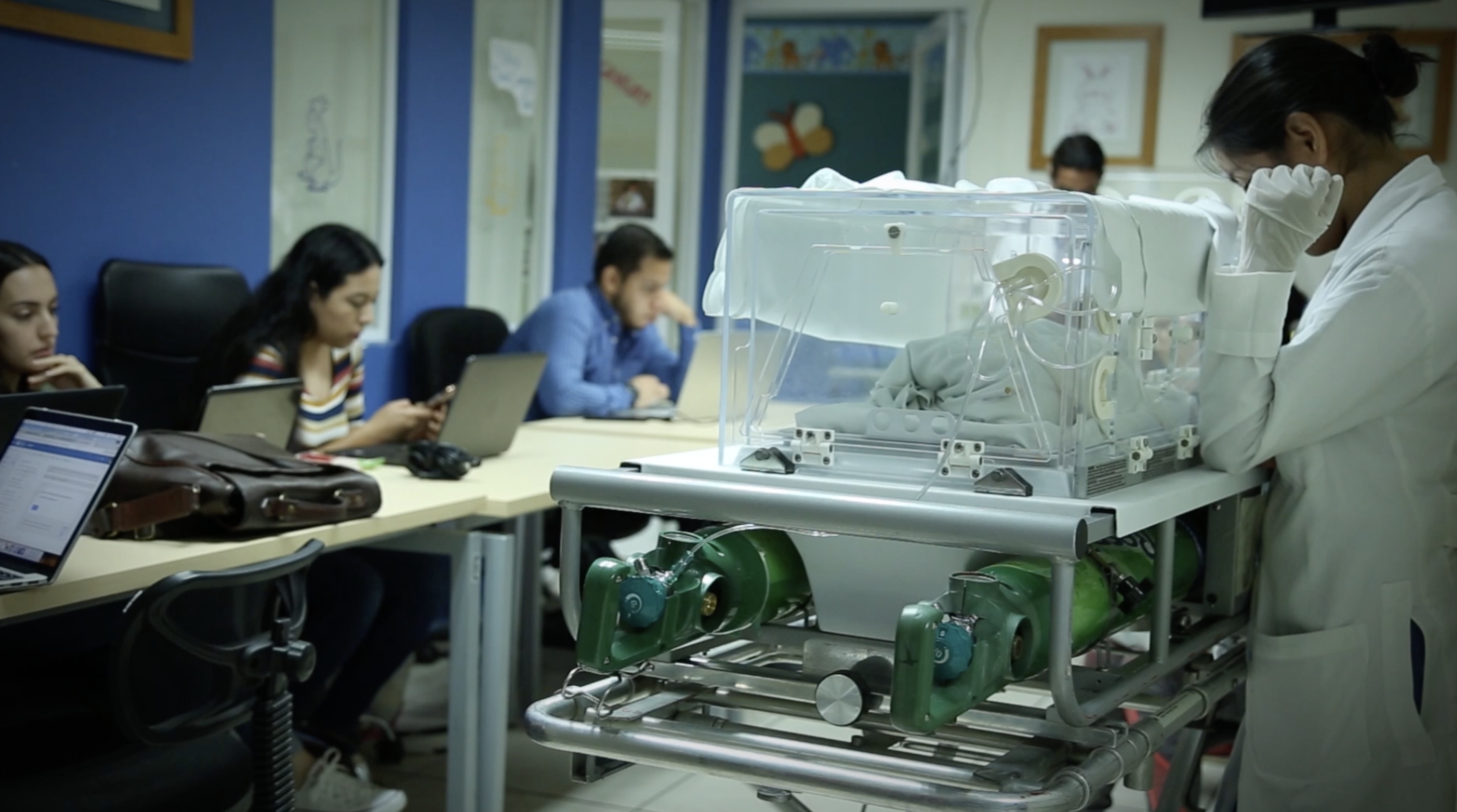Retinopathy of prematurity: Practical approaches to prevent blindness
Explore the strategies to prevent and treat retinopathy of prematurity (ROP) with this online course for healthcare professionals. On this course, you will learn how a practical team approach towards neonatal care and ROP screening, treatment and follow-up can help prevent blindness in preterm babies. You will also look at how the risk of ROP and the level of neonatal care can differ between higher and lower income regions of the world.

Week 1 : Understanding retinopathy of prematurity
Click to see week 1 content
Welcome to the course & Week 1
A welcome to the course from the teaching team and an initial opportunity to introduce yourself. Activities look at how we understand glaucoma and its impact on individuals and eye health services
What is ROP

In this activity, we first learn the definition of prematurity. We then move on to learn about retinopathy of prematurity and how the various stages and types of this complication of preterm birth are classified.
Epidemiology and impact of ROP

A ‘third epidemic’ of ROP is affecting premature babies mainly in low- and middle-income countries with long-term effects on the children and their carers and families.
Building the ROP team
 Preventing blindness from retinopathy of prematurity requires well coordinated and multidisciplinary health care teams. Image: Andrea Zin CC BY-NC-SA 4.0
Preventing blindness from retinopathy of prematurity requires well coordinated and multidisciplinary health care teams. Image: Andrea Zin CC BY-NC-SA 4.0
Ensuring quality of care for preterm babies

Build your knowledge week by week on practical approaches healthcare teams can use to improve quality of care for premature babies, reduce the risk of ROP and improve outcomes. Image: Dino Abatzidis CC-BY-NC-SA 2.0

Week 2 : Investigating and monitoring glaucoma – the patient care pathway
Click to see week 2 content
Risk factors of preterm birth

Preventing premature birth is a key strategy to reduce the number of new cases of ROP
The golden hour after birth
 Managing the first hour of preterm life is crucial for the long term outcomes of preterm babies and reducing their risk of developing ROP.
Managing the first hour of preterm life is crucial for the long term outcomes of preterm babies and reducing their risk of developing ROP.
Preventing ROP in the neonatal intensive care unit
 Providing high quality standard care interventions in the NICU continues to improve preterm babies’ health outcomes, including reducing their risk of ROP. Image Universidad de Guadalajara CC BY-NC-SA 4.0
Providing high quality standard care interventions in the NICU continues to improve preterm babies’ health outcomes, including reducing their risk of ROP. Image Universidad de Guadalajara CC BY-NC-SA 4.0
Ensuring quality of care for preterm babies: The PDSA cycles
 Learn how healthcare teams can apply the Plan, Do, Study, Act cycles to identify whether a quality improvement intervention can work in a particular setting.
Learn how healthcare teams can apply the Plan, Do, Study, Act cycles to identify whether a quality improvement intervention can work in a particular setting.

Week 3 : Screening and treatment for ROP
Click to see week 3 content
Principles of screening for ROP
 Active, timely screening is crucial to detect and manage ROP at an early stage after a baby is born prematurely. Image: Rajesh Pandey CC BY-NC-SA 2.0
Active, timely screening is crucial to detect and manage ROP at an early stage after a baby is born prematurely. Image: Rajesh Pandey CC BY-NC-SA 2.0
Managing ROP screening
 There are multiple ‘moving parts’ in ROP screening and treatment services which must all be brought together and managed to prevent blindness in preterm babies. Image: PHFI CC BY-NC-2.0
There are multiple ‘moving parts’ in ROP screening and treatment services which must all be brought together and managed to prevent blindness in preterm babies. Image: PHFI CC BY-NC-2.0
Treatment for ROP

The evidence base on preferred ROP treatment approaches has changed over the years, from cryotherapy to laser treatment and anti-VEGF medication.
Ensuring quality of care for preterm babies:The PDSA cycles
 Evaluate a real world application of the Plan, Do, Study, Act cycles to improve oxygen saturation monitoring in the NICU.
Evaluate a real world application of the Plan, Do, Study, Act cycles to improve oxygen saturation monitoring in the NICU.

Week 4 : Following up premature babies
Click to see week 4 content
Understanding the long term ocular & cerebral complications of preterm birth
 Children born preterm must be followed up over the long term to identify and address any development delays or complications which are affecting their vision. Image: Afsane omidimorad CC BY-NC-SA 2.0
Children born preterm must be followed up over the long term to identify and address any development delays or complications which are affecting their vision. Image: Afsane omidimorad CC BY-NC-SA 2.0
Managing ROP services and establishing programmes
 Monitoring ROP services and programmes is important to improve accountability for the use of funds and resources and to improve performance and prevent vision loss from ROP
Monitoring ROP services and programmes is important to improve accountability for the use of funds and resources and to improve performance and prevent vision loss from ROP
Ensuring quality of care for preterm babies: The PDSA cycles and course summary
 Complete an appraisal of a real world application of Plan, Do, Study, Act cycles to improve oxygen saturation monitoring in the NICU and, finally, bring together your learning from the whole course and consider your next steps.
Complete an appraisal of a real world application of Plan, Do, Study, Act cycles to improve oxygen saturation monitoring in the NICU and, finally, bring together your learning from the whole course and consider your next steps.
Join this Course on Future Learn
On Demand and CPD Accredited available now – Sign up through LSHTM OpenStudy
